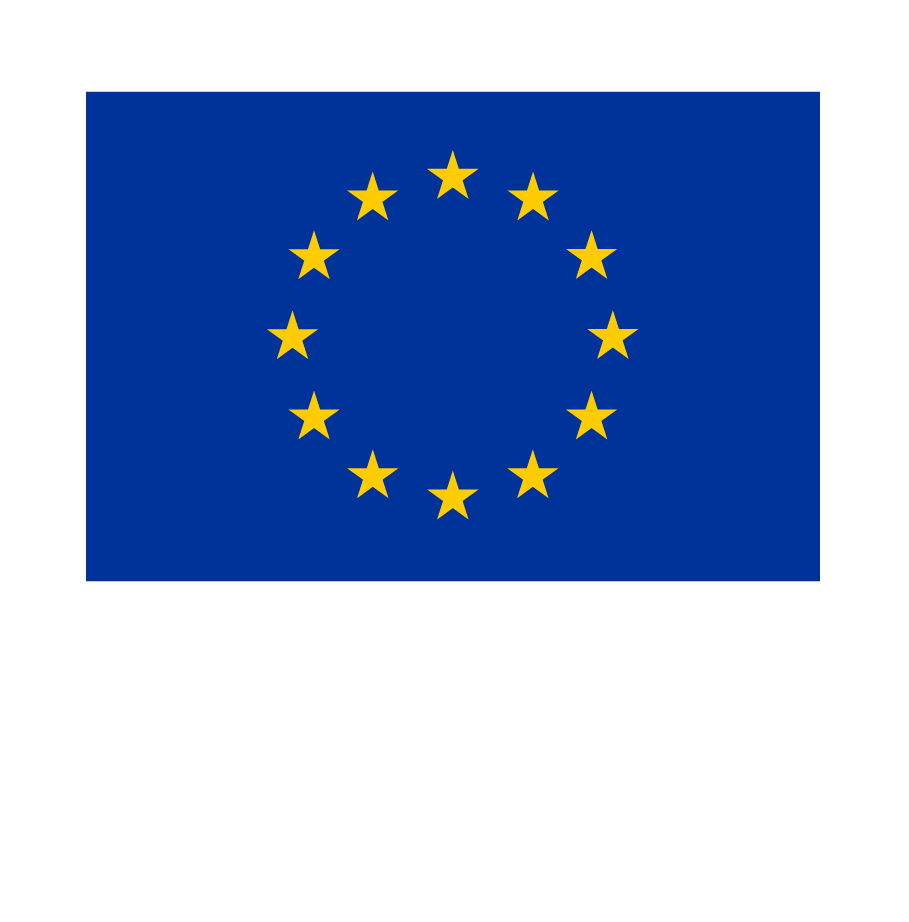Inclusive pedagogies in higher education are more critical now than ever, especially in the realm of online and hybrid learning environments [1]. As educational institutions strive to create equitable opportunities for all students, the principles of inclusive pedagogy and Universal Design for Learning (UDL) emerge as guiding lights [2]. This text explores the significance of inclusive pedagogies, particularly in the context of diversity and the inclusion of students with disabilities in higher education, while delving into the implementation of UDL principles.
At its core, inclusive pedagogy refers to an approach to teaching and learning that recognises and accommodates the diverse needs, backgrounds, and abilities of all students. Inclusive pedagogies strive to create learning environments where every student feels valued, respected, and empowered to succeed. This approach is not only morally imperative but also enhances the overall learning experience and academic outcomes for all students [3; 4].
In the context of online and hybrid education, inclusive pedagogies become even more essential. These modalities often present unique challenges and barriers to access for students with disabilities. For instance, students who are visually impaired may encounter difficulties navigating online platforms that are not designed with accessibility features in mind. Similarly, students with learning disabilities may struggle with traditional instructional formats that do not cater to their individual learning styles.
This is where Universal Design for Learning comes into play. UDL is a framework that aims to proactively design educational materials and environments that are accessible and inclusive for all learners, regardless of their diverse needs and abilities. By incorporating UDL principles into online and hybrid courses, educators can create learning experiences that are flexible, adaptable, and responsive to the needs of every student [2].
One of the key principles of UDL is providing multiple means of representation. This involves presenting content in various formats, such as text, audio, video, and graphics, to cater to different learning preferences and abilities. For example, providing captions and transcripts for videos not only benefits students who are deaf or hard of hearing but also supports students who prefer reading or have language-based learning disabilities.
Another principle of UDL is offering multiple means of engagement, which entails providing diverse opportunities for students to become motivated in their learning. This could involve incorporating interactive elements, collaborative activities, and real-world applications into course materials to foster active participation and intrinsic motivation among all students.
Furthermore, UDL emphasises the importance of providing multiple means of expression, allowing students to demonstrate their understanding and mastery of content in various ways. This could include offering options for assessments, such as written assignments, oral presentations, multimedia projects, or hands-on activities, to accommodate different learning preferences and strengths.
By integrating UDL principles into online and hybrid courses, educators can create more inclusive learning environments that empower all students to reach their full potential [5]. However, it’s important to recognise that implementing inclusive pedagogies and UDL requires a proactive and ongoing effort. It involves not only designing inclusive course materials but also fostering a supportive and inclusive classroom culture where diversity is celebrated and accommodations are readily available.
Inclusive pedagogies also play a crucial role in promoting diversity and equity in higher education [6]. In today’s multicultural and globalised society, it’s essential for educational institutions to embrace diversity and create inclusive spaces where students from all backgrounds feel welcome and valued. This involves not only acknowledging and respecting the unique perspectives and experiences of diverse students but also actively incorporating them into the curriculum and classroom discussions.
Moreover, inclusive pedagogies help to dismantle systemic barriers and inequalities that hinder the academic success of marginalised groups, including students with disabilities. By adopting inclusive practices, educators can create a more equitable playing field where all students have equal opportunities to thrive academically and personally.
In conclusion, inclusive pedagogies are integral to creating equitable and inclusive learning environments in higher education, particularly in the context of online and hybrid education. By embracing the principles of inclusive pedagogy and Universal Design for Learning, educators can foster a culture of diversity, equity, and inclusion that benefits all students, regardless of their backgrounds or abilities. Ultimately, by prioritising inclusivity, higher education institutions can fulfil their mission of empowering students to succeed in an ever-changing and diverse world.


